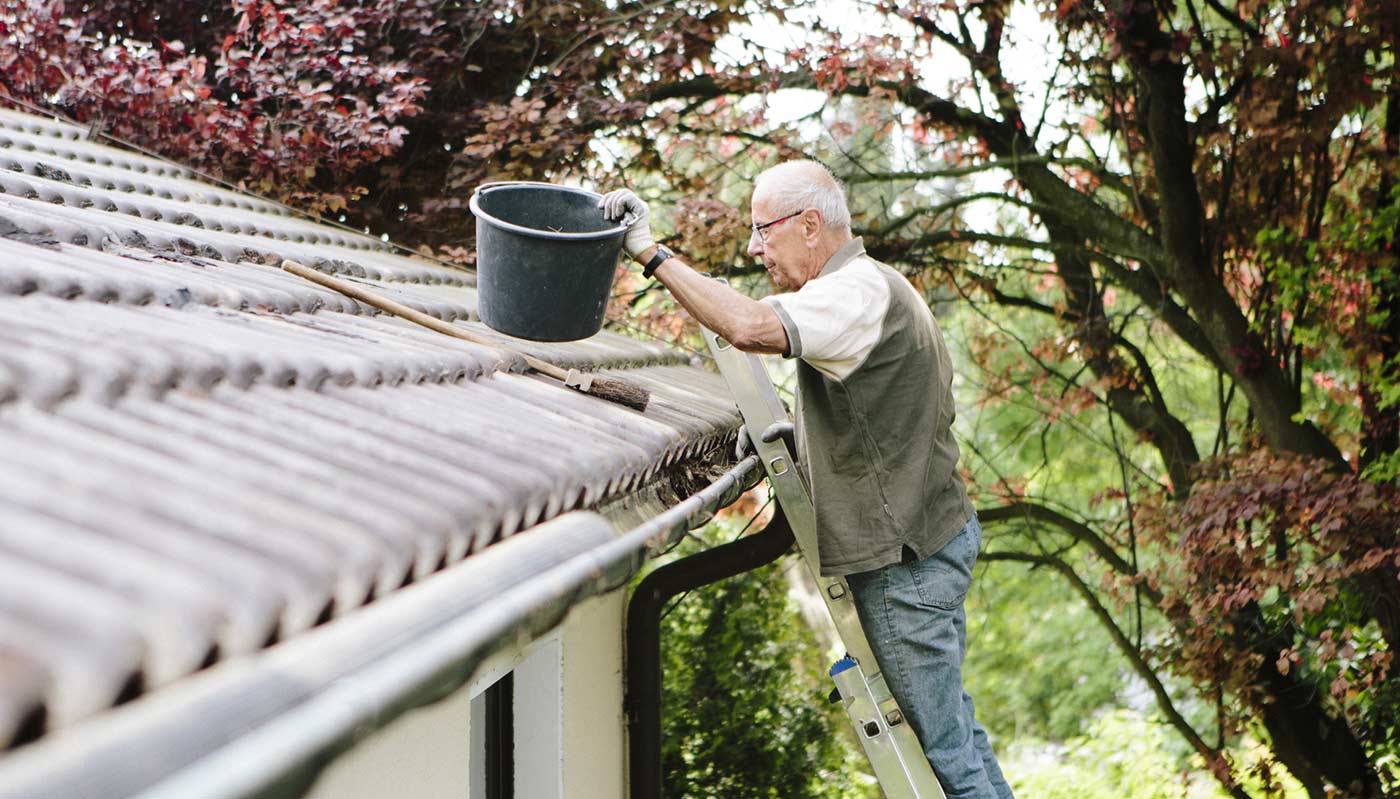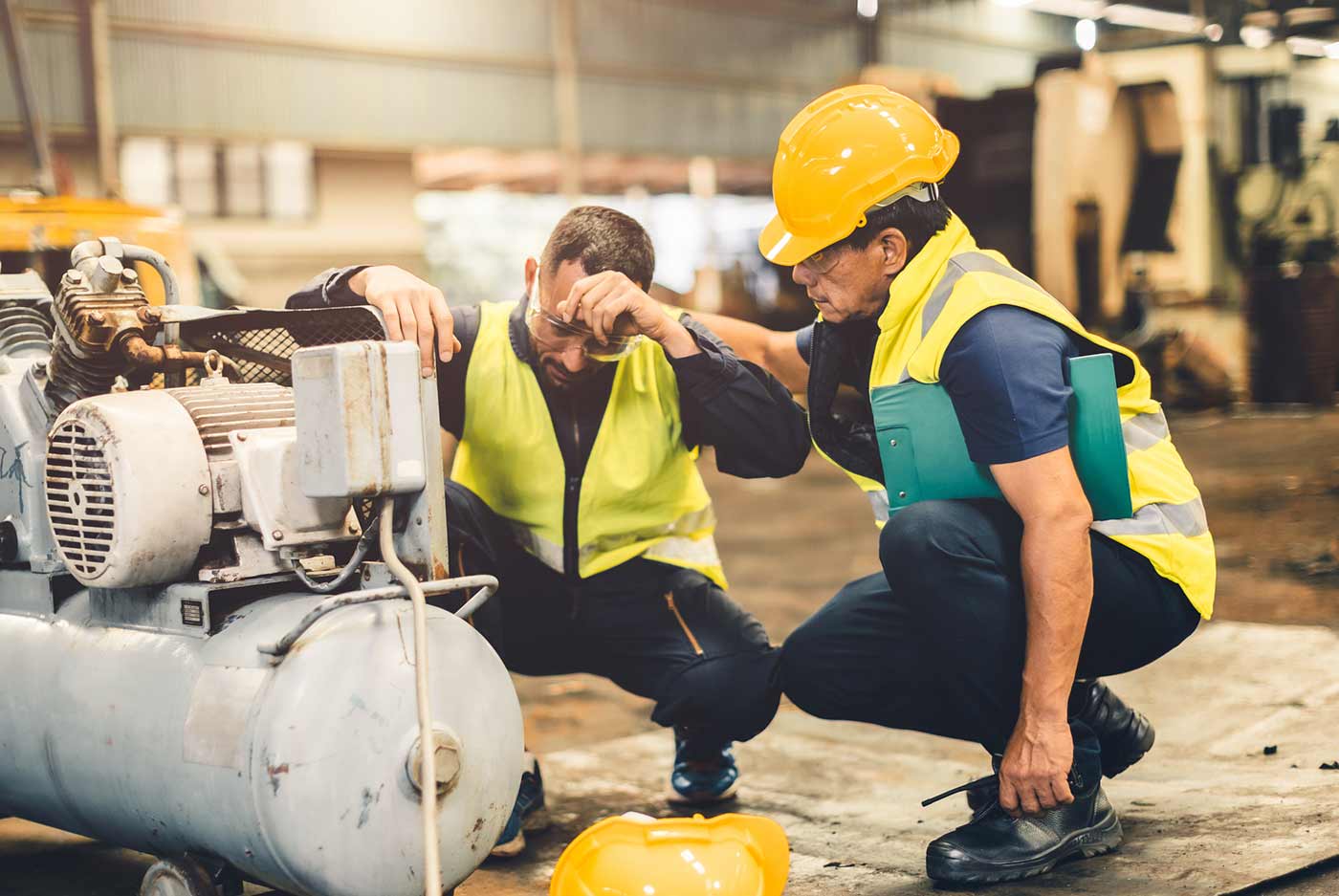According to The Washington Post, close to 300,000 home-improvement injuries required an ER visit in 2020. From painting to deck building and many others, outdoor home improvements projects can put you at particular risk for injury if proper precautions aren’t taken. Understanding the common injuries associated with outdoor home improvement and implementing preventive measures can help you avoid unnecessary pain, trips to the emergency department and even serious injuries or death. Let’s explore seven of these common injuries and how to prevent them:
- Muscle Strains and Sprains: One of the most prevalent injuries during outdoor home improvement projects is muscle strains and sprains. Lifting heavy objects, digging, and repetitive motions can strain muscles and ligaments. To prevent these injuries, always lift with your legs, not your back. Use proper lifting techniques, take frequent breaks, and stretch before and after each task to keep your muscles flexible and prevent strains.
- Skin Lacerations and Finger/Hand Injuries: Handling tools (and especially power tools) and sharp materials such as wood or metal can increase the risk of lacerations, cuts and abrasion, and even more serious injuries to fingers and hands. To minimize this risk, wear appropriate protective gear such as gloves, safety goggles, and long sleeves when working with sharp objects. Keep your work area clean and organized to avoid tripping over debris or accidentally coming into contact with sharp edges. Check out this additional advice on power tool safety.
- Struck by Falling Objects: During outdoor projects, there’s often the risk of objects falling from above, such as branches, tools, or construction materials. To prevent being struck by falling objects, establish a clear work zone and secure any loose items overhead. Wear a hard hat to protect your head and stay alert to your surroundings at all times.
- Falls from Heights: Working on roofs, ladders, or elevated platforms poses a significant risk of falls. Always use sturdy ladders and scaffolding, and ensure they are set up on stable ground. Wear non-slip footwear and avoid working in adverse weather conditions such as rain or strong winds. Consider using fall protection equipment such as harnesses and safety nets when working at heights. Here is some additional guidance on ladder safety.
- Eye Injuries: Many outdoor DIY projects involve tasks that can pose a risk to your eyes, such as using power tools, cutting materials, or working with debris that can become airborne. To prevent eye injuries, wear safety glasses or goggles that meet ANSI standards whenever operating power tools or performing tasks that could cause debris to fly. Keep a first aid kit on hand with an eye wash solution in case of accidental exposure to irritants or foreign objects.
- Electrical Shock: Frequently, outdoor home improvement projects involve working with electrical tools and equipment, increasing the risk of electrical shock if proper precautions aren’t taken. To prevent electrical injuries, always use tools and extension cords specifically rated for outdoor use and ensure they are in good condition without frayed wires or exposed conductors. Before beginning any electrical work, turn off the power at the circuit breaker and use a voltage tester to confirm that the power is off. If you’re unsure about electrical work, consider hiring a licensed electrician to handle the job safely. Read more DIY electrical safety tips.
- Chemical Exposure: Many projects may involve the use of chemicals such as pesticides, fertilizers, or paint, which can be hazardous if not handled properly. To prevent chemical exposure, read and follow all safety instructions and precautions provided by the manufacturer. Wear appropriate protective gear such as gloves, goggles, and respirators when handling chemicals, and work in well-ventilated areas to minimize inhalation of fumes. Store chemicals in their original containers and keep them out of reach of children and pets.
Takeaways
By incorporating these additional preventive measures into your outdoor home improvement projects, you can further reduce the risk of common injuries and create a safer working environment for yourself and others involved. Remember to prioritize safety at all times and take the necessary precautions to mitigate potential hazards. With careful planning, proper equipment, and attention to your physical well-being, you can complete your outdoor projects safely and enjoy the satisfaction of a job well done.






Responses